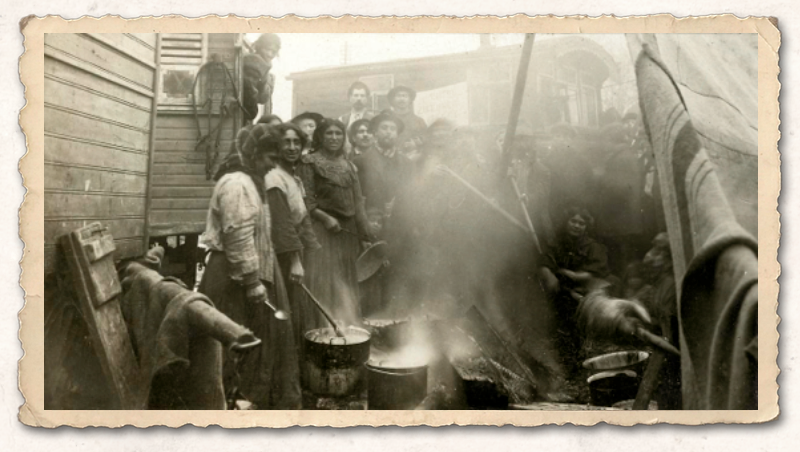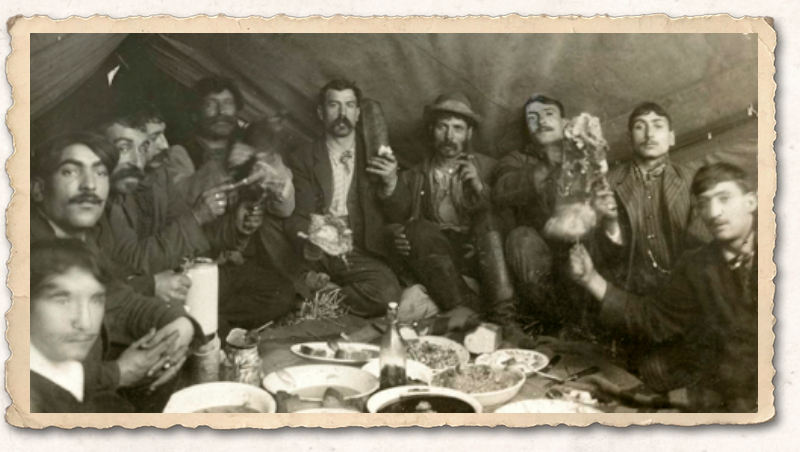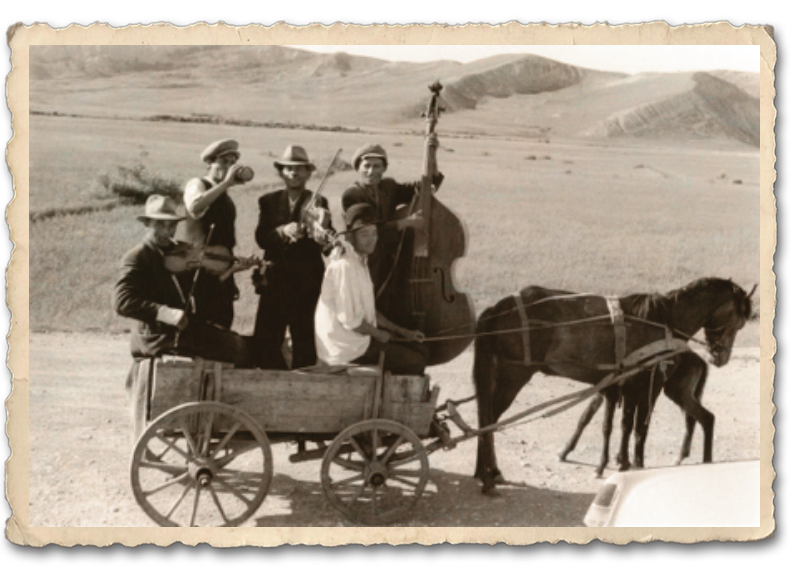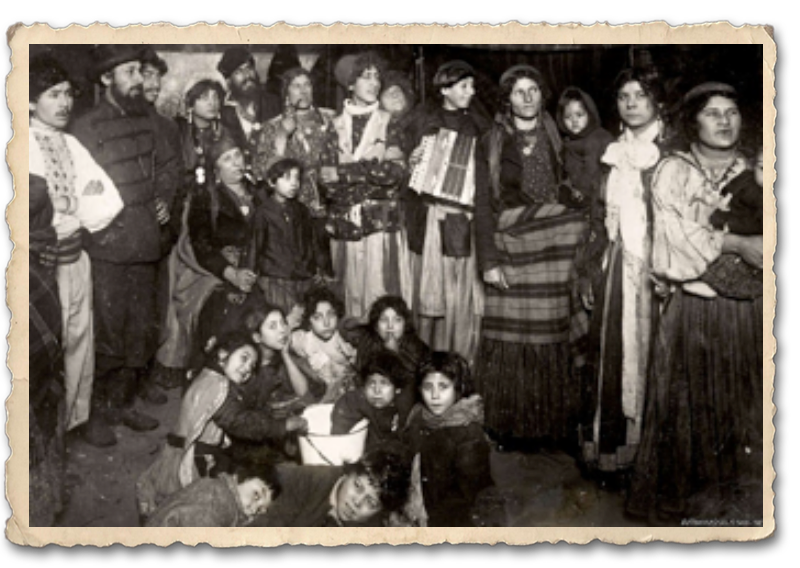ON GYPSY GENOCIDE IN EUROPE:
Gypsies, Romanies, Zingaros ruled over a community as an ethnic community dating from the royal kingdoms on the Indian subcontinent with similar cultural characteristics despite enormous differences in the subgroups.
Today they are found mainly in Europe, the biggest minority groups are n the european Union, although they are also spread out across the world.
Of the calculated one million gypsies that lived in Europe before the war, at least 220, 000 died.
The Nazis considered the gyspy ‘inferior’ and the fate of the Romany people was similar to the Jews. The Romany were subjected to imprisonment, hard labour and even were massacred. Many were also sent to extermination camps.
The Einsatzgruppen (trucks for slaughter) were responsible for the death of tens of thousands of Romany in the territories of Eastern Europe that were occupied by the Germans. In addition thousands were also murdered in the extermination camps of Auschwitz-Birkenau, Chelmno, Belzec, Sobibor, y Treblinka. The Nazis also incarcerated thousand of Romany in th econcentrationc camps at Bergen-Belsen, Sachsenhausen, Buchenwald, Dachau, Mauthausen, y Ravensbrueck.


 English
English Spanish
Spanish




